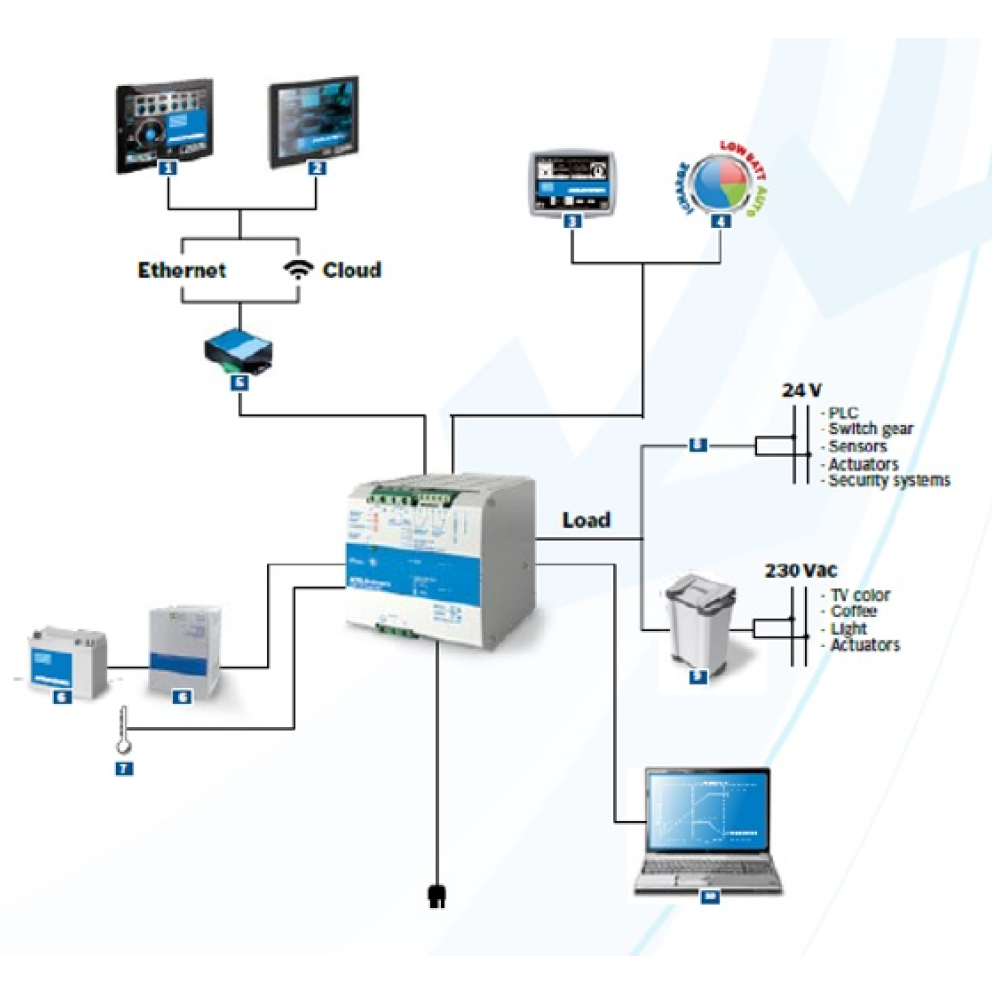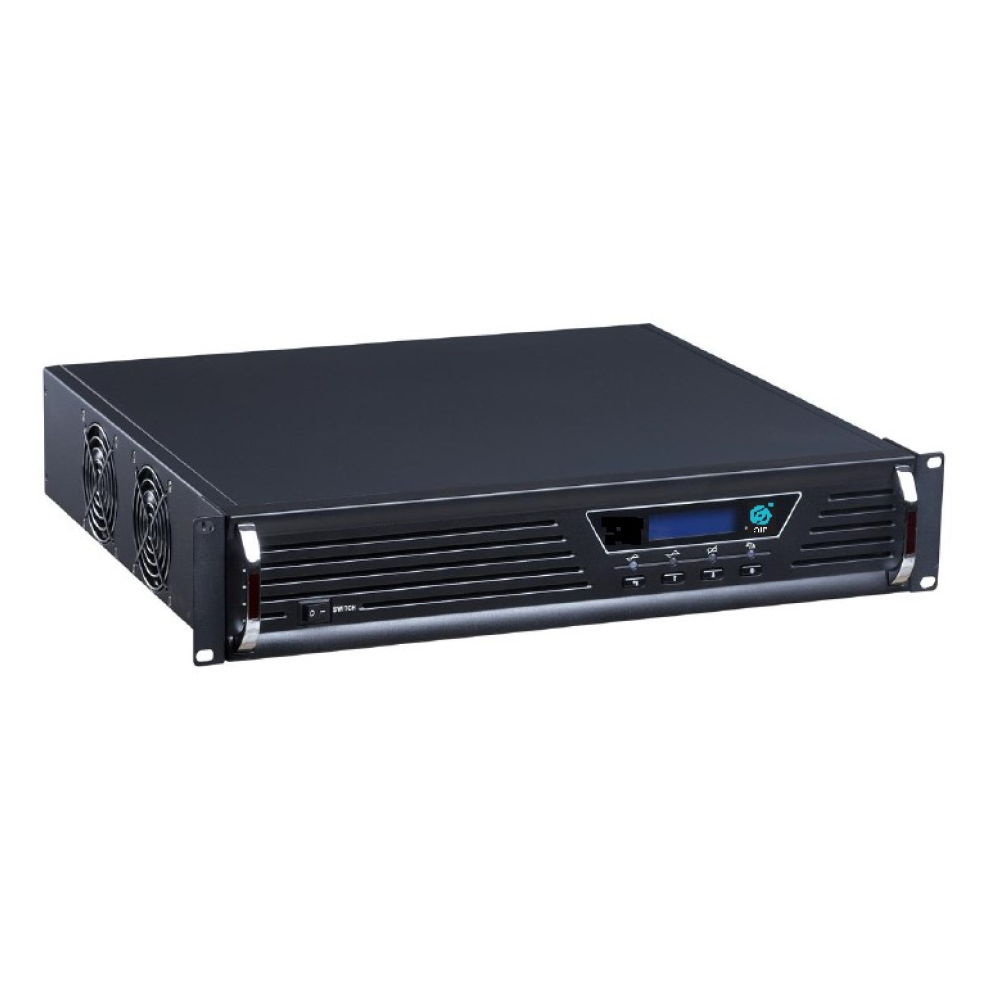Battery Charger
Battery Charger
A true battery charger generally supplies a regulated current, first to charge the battery, and then switches to a regulated voltage mode while a power supply is normally designed to supply a constant voltage to a load. If a power supply is used as a charger , it will continue to pump energy into a battery regardless of its condition; fully charged, battery fault, or shorted cells. It is very risky specifically for Li-Ion chemistry where overcharging is not only damaging to the battery cells, but can also pose a possible fire hazard. A smart battery charger will not only never overcharge cells, but can also monitor battery temperature, switching off a fast charge when certain parameters are exceeded.
A battery charger is used to charge the battery in floating mode but also can be used as a DC source for a control and protection circuit of a substation as well as to charge the battery in floating mode during normal operation (no problem in the AC system). When there is a problem in the AC system, then the battery supplies the DC loads in a substation. A battery charger consists of a AC/DC converter circuit or common known as a rectifier circuit, power circuit, ripple monitoring, control circuit, regulator circuit, and fault detection circuit.
Typically there are three types of charging modes: the first is the fast charging for a new or unused batteries, and the second is the floating charge to charge the batteries in service and supply a load to compensate for the small charge lost by the battery in service and the third is equalizing charge. The equalizing charge is normally applicable only to lead acid batteries for maintenance purposes that brings all cells to similar levels by increasing the voltage to 2.50V/cell, or 10 percent higher than the recommended charge voltage for a period of time to remove sulfate crystals that build up on the plates over time.







